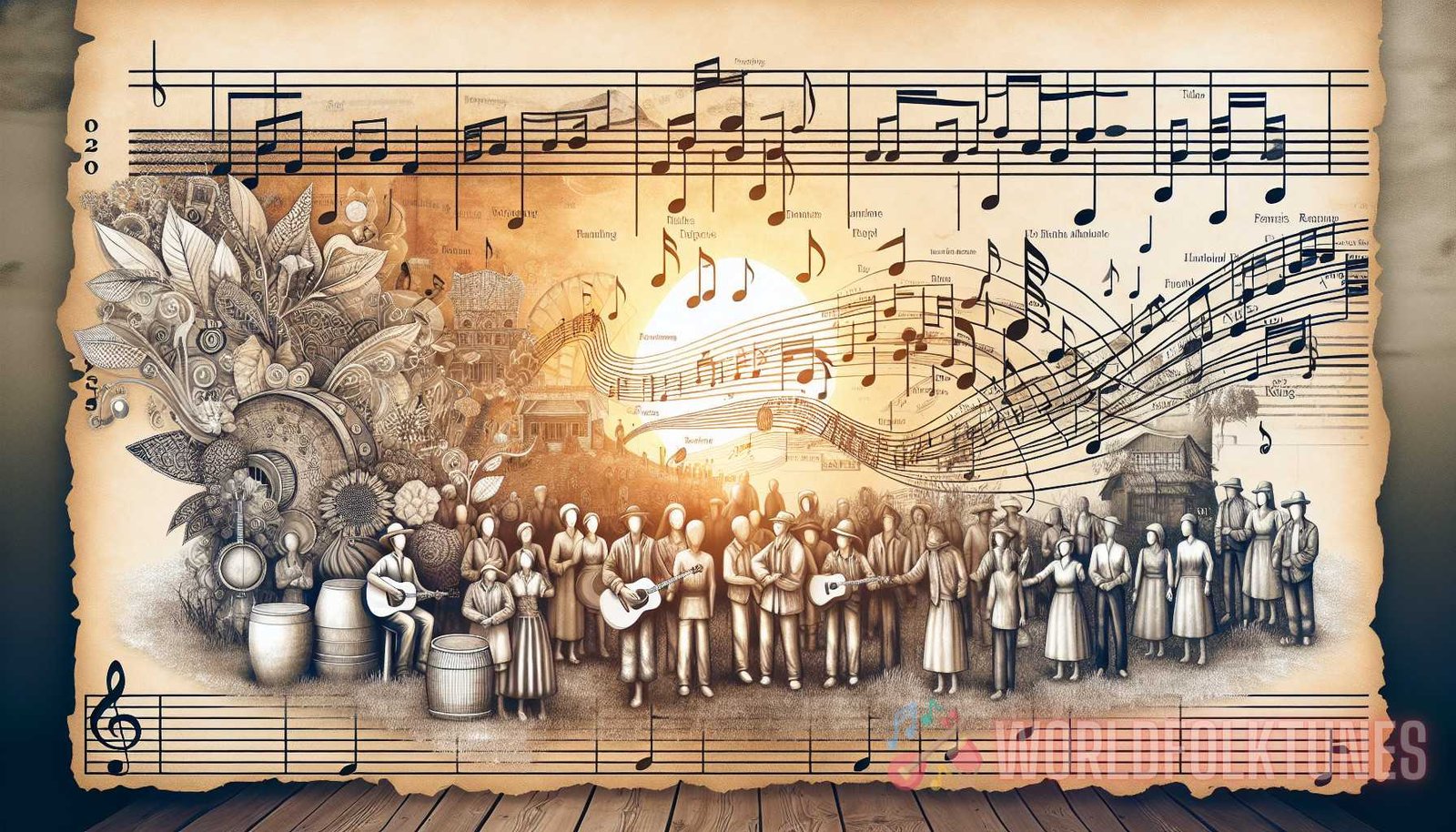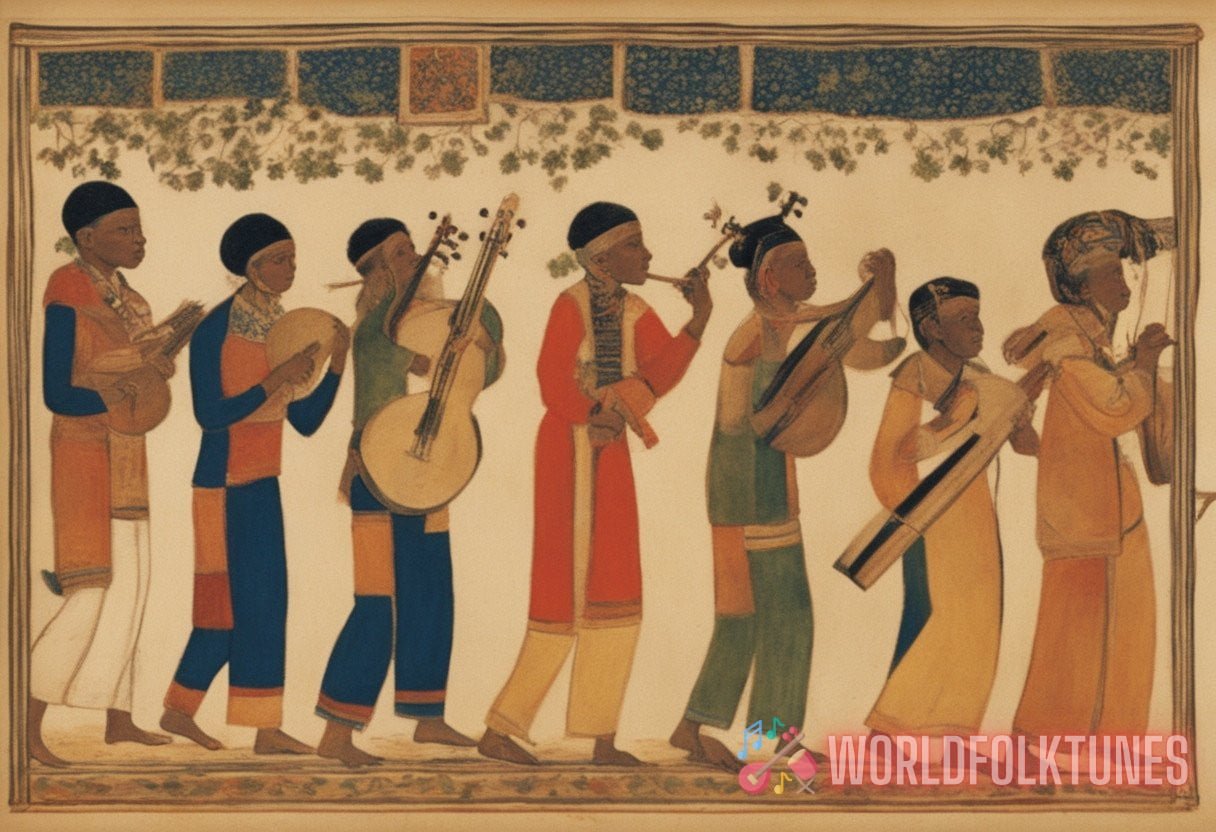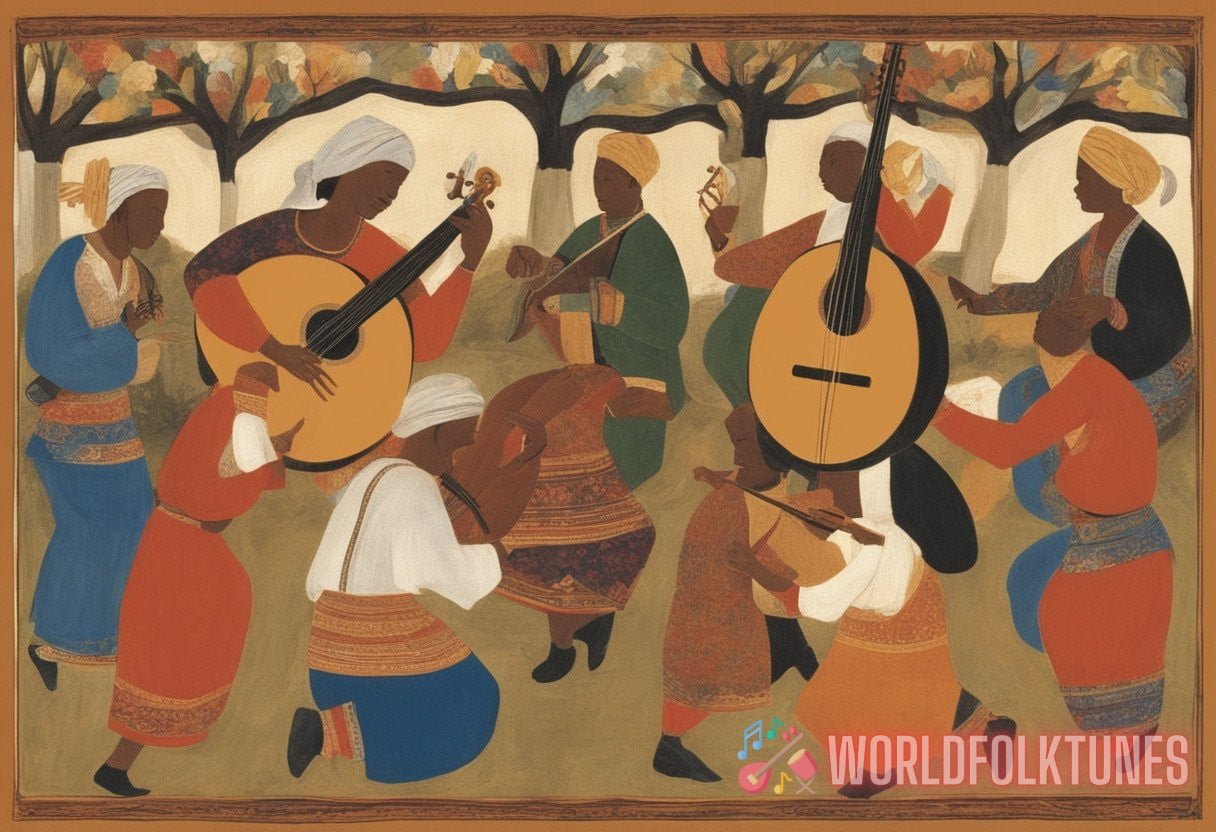A Journey Through Time: Tracing the Multiethnic Roots of Folk Music Narratives and its Enduring Relevance
When we think of music that has stood the test of time and transcended generations, folk music often comes to mind. This genre of music, which is deeply rooted in the cultural heritage of different communities, has a rich history that spans centuries. Folk music not only serves as a reflection of the traditions and values of a particular culture but also tells the stories and experiences of ordinary people. This article explores the multiethnic roots of folk music narratives and highlights its enduring relevance in contemporary society.
The Origins of Folk Music
Folk music originated from the oral traditions of various ethnic groups around the world. These songs, passed down from generation to generation, served as a means of communication, storytelling, and cultural preservation. Folk music often accompanied everyday activities such as work, ceremonies, and celebrations.
The exact origins of folk music are difficult to trace due to its inherently diverse and decentralized nature. However, scholars believe that it emerged in different forms in various regions, influenced by the unique cultural experiences and musical traditions of each community. From African rhythms and melodies to European ballads and Asian folk songs, the roots of folk music can be found in every corner of the globe.
One of the earliest recorded forms of folk music is the ancient ballads of Europe. These ballads, which date back to the Middle Ages, were narratives in verse form that depicted historical events, heroic tales, and tragic love stories. This tradition of storytelling through song laid the foundation for the folk music narratives that continue to captivate audiences today.
The Multiethnic Nature of Folk Music Narratives
One of the defining features of folk music narratives is their ability to transcend borders and cultural boundaries. Folk songs often reflect the experiences and struggles of common people, providing a window into the social, political, and economic landscape of a particular time and place. These narratives have the power to unite people from different backgrounds, fostering empathy and understanding.
The multiethnic roots of folk music narratives can be observed through the diverse themes and subject matter explored in different cultures. For example:
- In African folk music, narratives often revolve around communal values, spiritual beliefs, and the struggles of daily life in a challenging environment.
- European folk music narratives frequently explore themes of love, loss, and the human condition, drawing inspiration from both historical events and fictional stories.
- Asian folk songs often center around themes related to nature, harmony, and the interconnectedness of all living beings.
These examples merely scratch the surface of the vast array of folk music narratives found worldwide. Each culture brings its unique perspectives and experiences to the genre, resulting in a rich tapestry of stories and melodies that continue to evolve and resonate with listeners.
The Enduring Relevance of Folk Music
Despite the rapid evolution of music styles and genres in the modern world, folk music remains relevant and continues to find new audiences. Its enduring appeal can be attributed to several factors:
- Cultural Preservation: Folk music plays a crucial role in preserving cultural heritage and traditions. Through folk songs, communities can pass down their values, history, and way of life to future generations.
- Connectivity: Folk music acts as a bridge between different cultures and communities, promoting a sense of unity and shared experiences. It encourages cross-cultural understanding and appreciation.
- Authenticity: Folk music is often seen as an authentic expression of the human experience. It conveys raw emotions and universal themes that resonate with people from all walks of life.
- Simplicity: The simplicity of folk music, both in terms of melody and lyrics, makes it accessible to a wide audience. Its straightforward and relatable nature allows listeners to connect with the songs on a personal level.
- Revival: In recent years, there has been a resurgence of interest in folk music, driven by the growing popularity of acoustic and unplugged performances. This revival has brought folk music back into the mainstream consciousness.

The Evolution of Folk Music Narratives
While the core elements of folk music remain constant, the genre has evolved over time, adapting to changes in society and incorporating new influences. As cultures interacted and merged, folk music narratives absorbed elements from other genres, resulting in unique fusions and subgenres.
External Link: Wikipedia – Folk Music
One such example is the fusion of folk music with blues in the United States, giving birth to the genre known as folk-blues. The narratives of African American communities in the early 20th century found expression in the heartfelt and soulful melodies of folk-blues artists such as Lead Belly and Big Bill Broonzy.
Similarly, the folk music of Latin America has evolved into a vibrant genre known as nueva canción, which emerged during the social and political movements of the 1960s and 1970s. Nueva canción narratives often focused on issues of social justice, human rights, and political activism.
Folk Music Narratives in Popular Culture
Throughout history, folk music narratives have had a significant influence on popular culture. Many well-known songs and artists have drawn inspiration from folk music and incorporated its themes into their work. Bob Dylan, for example, is renowned for his poetic and socially conscious lyrics, which bear the influences of traditional folk music.
Film and television have also embraced folk music narratives, using them to enhance storytelling and create emotional resonance. The Coen Brothers’ film “O Brother, Where Art Thou?” is an excellent example of how folk music can enrich a cinematic experience. The soundtrack, which features traditional folk songs and modern interpretations, received critical acclaim and introduced a new generation to the power of folk music narratives.
Conclusion
From the ancient ballads of Europe to the folk-blues of America and the nueva canción of Latin America, folk music narratives have made an indelible mark on the cultural fabric of societies around the world. Its multiethnic roots and enduring relevance speak to the universal nature of human experiences and the power of music as a means of communication and cultural preservation.
As we continue to navigate the complexities of the modern world, folk music narratives serve as a reminder of our shared humanity and the importance of connecting to our cultural heritage. Whether it is through traditional folk songs or contemporary interpretations, the beauty and significance of folk music harmonies continue to captivate and inspire listeners of all generations.


